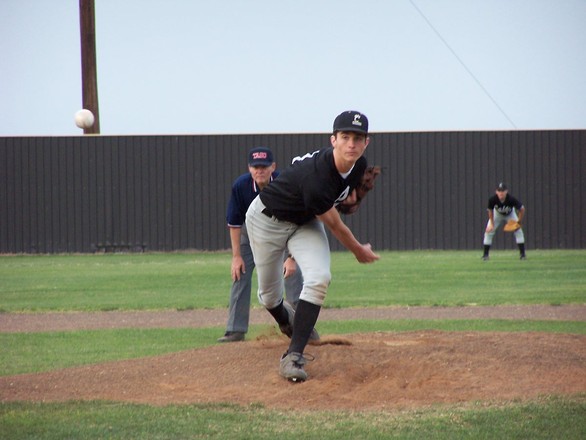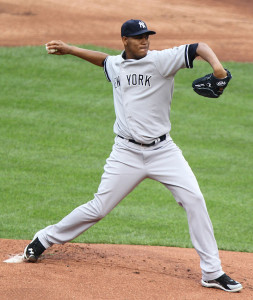MLB Confronts Tommy John Surgery at Pro, Youth Levels
When a pitcher makes their usual throwing motion, it puts valgus stress on the arm–meaning their elbow bends in a direction the body isn’t intended to go. With the velocity and force that a major league pitcher has behind each of their pitches, that stress on the body rises to levels where the forearm wants to detach from the body. The reason it doesn’t is because of a small connection of ligaments. Once those ligaments snap after years of stress, they require reconstructive surgery that entails a lengthy rehabilitation stint.
In short, that is Tommy John surgery, the growing surgery of choice in Major League Baseball since the 1970s.
That is just one interesting fact into Tommy John surgery conducted by ESPN for its extensive May report. Another stunning fact is the amount of literal pressure a pitcher has on them with each pitch. If someone faced that pressure for a full minute, they would likely die.
But what might be most surprising is that the ulnar collateral ligament damage that necessitates Tommy John surgery occurs most during ages 6 to 17. As the sport has grown over the years, athletes were handed increased schedules that now often include multiple leagues that run across most of the year, summer camps and showcases. In short, it’s an issue of overuse at increasingly early ages. Famed physicians Dr. James Andrews and Dr. Glenn Fleisig are just two of several leading authorities in the field to advocate for revised pitching calendars for youth athletes. In recent years, reports of teenagers as young as 14 undergoing the reconstructive surgery have surfaced at an alarming rate.
No longer is the issue just about holding off teaching a child to throw a curveball–a rule often tossed aside by coaches and parents. Now, physicians urge for “6 months on, 6 months off” types of strategies that ensure ample rest for the athlete during the offseason. This may prevent the prospect from attending every summer camp and tryout, but it is highly likely that this will preserve their arm for the long haul. It is a risk that the player and their family must decide. When a potentially lucrative contract could be in grasp, how do you turn that down? How can you tell a budding prospect to tone down the force behind their pitches? That’s why some are willing to overuse their arm, or force the issue early and get Tommy John at a younger age.
On the Major League level, the trend is rising as well. The Hardball Times writer Jon Roegele tracked the trend over the years and noted that 31 major leaguers accounted for the 101 professionals in the sport to undergo the surgery last year. Surprisingly, that is 50 percent more than 2013’s totals. This season alone has seen pitchers Yu Darvish, Zach Wheeler and Dodgers first round pick Walker Buehler go under the knife. With a few months left in the season, more could be added to list.
While the ESPN article pondered if we have just gotten better at diagnosing the issue, MLB is taking proactive steps to minimize the injury on all levels. As sports become increasingly modernized with technology, we are able to get better insight into what might cause this trend. The Tampa Bay Rays gained some attention when they announced plans to implement Kinatrax motion capture system to gauge a player’s biometrics–potentially identifying the exact movements to avoid causing crucial injuries. This is just another step for an organization that prides itself on cutting edge player health measures.
But MLB isn’t only focusing on the current stars of the game. They are focusing on the future. In a partnership with USA Baseball, the Pitch Smart campaign launched to educate adults on the age appropriate steps their athletes should be taking. One leading participant is Dr. Fleisig. The hope is that this helps form proper mechanics and habits that not only boosts health, but also proficiency on the mound.
While the issue has a ways to go, these steps should prove fruitful in the coming years if surgery rates decline.

